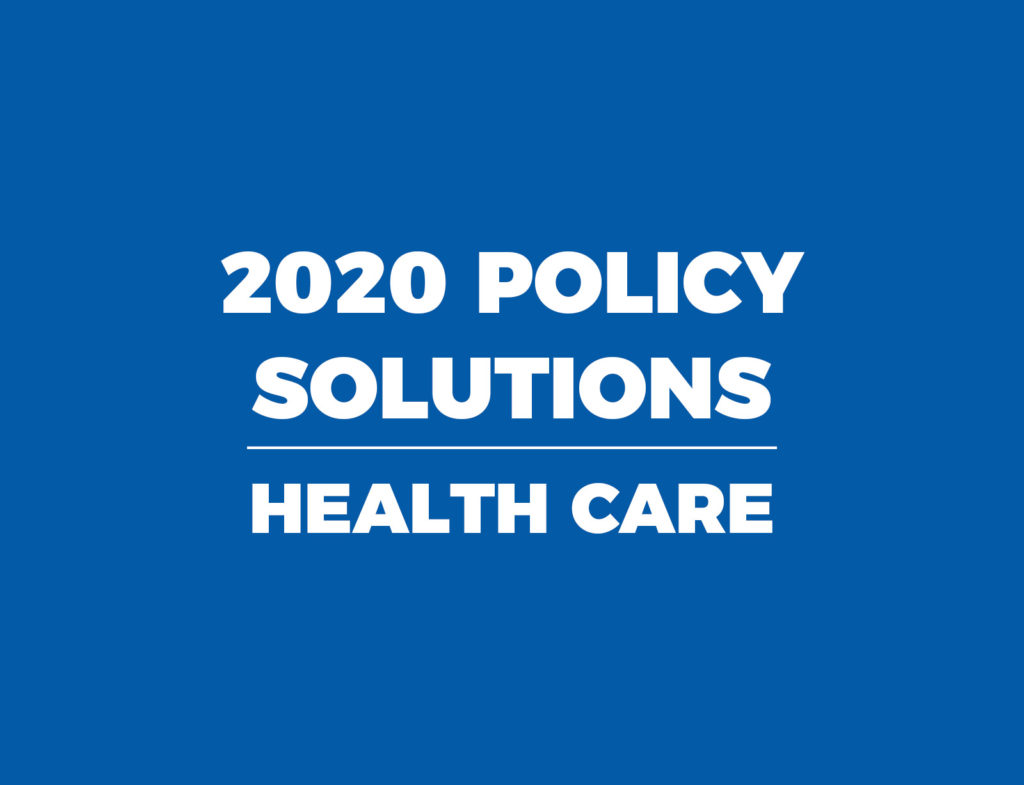Introduction
Updated as of January 2020.
As childhood obesity rates continue to rise, the debate over the National School Lunch Program and the sale of junk food in and around public schools has intensified. Public health advocates contend that schools can curb obesity by banning the sale of junk food and soda. Their more radical proposals include taxes on unhealthy foods and beverages and zoning regulations that prohibit certain businesses from operating near schools. Taking their cue from these advocacy efforts, lawmakers and agency officials have undertaken efforts to promote healthy lifestyles for children. Nevertheless, research suggests that passing new and stricter regulations does not necessarily make children healthier.
The Obama administration spearheaded passage of the Healthy, Hunger-Free Kids Act in 2010. This initiative was designed to combat childhood obesity by changing the nutrition requirements of school lunches. As expected, the law produced unintended consequences.
A January 2014 Government Accountability Office (GAO) study found that the law multiplied costs, increased fruit and vegetable waste, created new menu planning problems, and decreased participation in the federal school lunch program. A year later, Dr. Lynn Harvey, Chief of School Nutrition Services in the North Carolina Department of Public Instruction, confirmed the GAO findings. In her 2015 testimony to the U.S. House of Representatives Committee on Education and the Workforce, she feared that many of the state’s school nutrition programs would no longer be self-sustainable unless federal regulators granted relief.
On December 12, 2018, the Trump administration published a federal rule that provides regulatory relief to public school breakfast and lunch programs. The rule allows local operators to offer flavored low-fat milk permanently, modifies whole-grain food requirements, and provides additional time for schools to meet sodium reduction targets.
Because implementation of the program requirements is ongoing, the overall effect of the legislation on childhood health, if any, will not be known for some time. Since passage of the law, the nutritional quality of the meals has improved, participation rates remained stable, and students demonstrated better food-consumption behaviors. Despite those positive findings, a May 2016 study published in the academic journal Obesity concluded there have been no statistically significant decreases in childhood obesity since the 2011-12 school year. Other studies suggest that school lunch changes may have benefitted certain student groups.
Why have stricter laws and regulations imposed by government officials failed to significantly reduce childhood obesity rates nationwide?
The consumption of unhealthy foods and drinks is inelastic. In other words, taxing or regulating certain food and beverage items will not necessarily reduce consumption of them by very much. Consumers, particularly children, simply shift their consumption preferences to other unhealthy foods and beverages. For example, public school students often respond to bans on soda by purchasing different kinds of sugary drinks, such as juices and sports drinks, from school vending machines. Even schools that ban all sugar-sweetened beverages from campus will not significantly reduce students’ consumption of unhealthy drinks. Kids can (and will) simply bring them from home.
Key Facts
- Childhood health and nutrition are part of the Whole School, Whole Community, Whole Child (WSCC) Model, a framework initially formulated by the Centers for Disease Control and Prevention and adopted by the North Carolina Department of Public Instruction.
- Each school district in North Carolina convenes a School Health Advisory Council (SHAC), a multidisciplinary advisory group that provides “advice to the school system on aspects of the school health programs.”
- According to the state’s Healthy Active Children Policy Report, 95 percent of North Carolina elementary schools provide 30 minutes of daily moderate-to-vigorous physical activity. That percentage drops to 82 percent for middle schools.
- Only 40 percent of North Carolina school districts ensure that all elementary students receive at least 150 minutes per week of physical education instruction taught by a physical education specialist.
- Approximately 43 percent of North Carolina school districts ensure that all middle school students receive at least 225 minutes per week of Healthful Living instruction.
Recommendations
- Federal, state, and local governments should not impose taxes, regulations, or prohibitions on the consumption of certain foods and beverages. We should depend on parents and guardians to instill values of healthy and active lifestyles in children.
- Public schools should ensure all children participate in health and physical education activities several times a week. Additionally, public schools should invite all students to use district-owned sports and recreational facilities under the supervision of school staff.
- States should ask Congress to reassess changes to the federal school lunch program. Lawmakers should try to find ways to mitigate the unintended consequences produced by the Healthy, Hunger-Free Kids Act of 2010.



